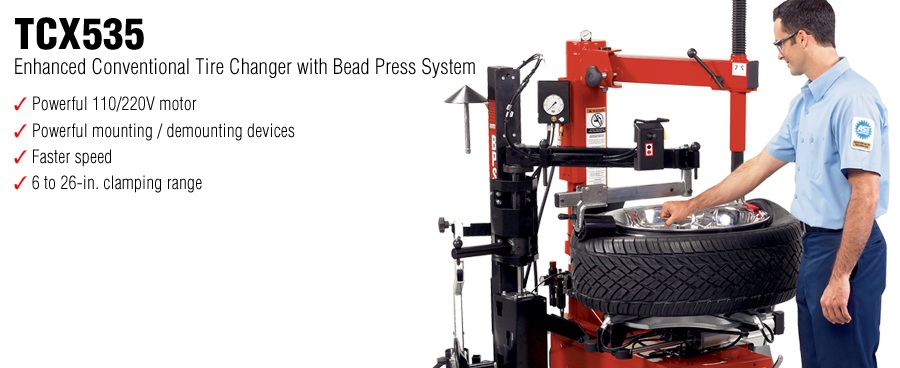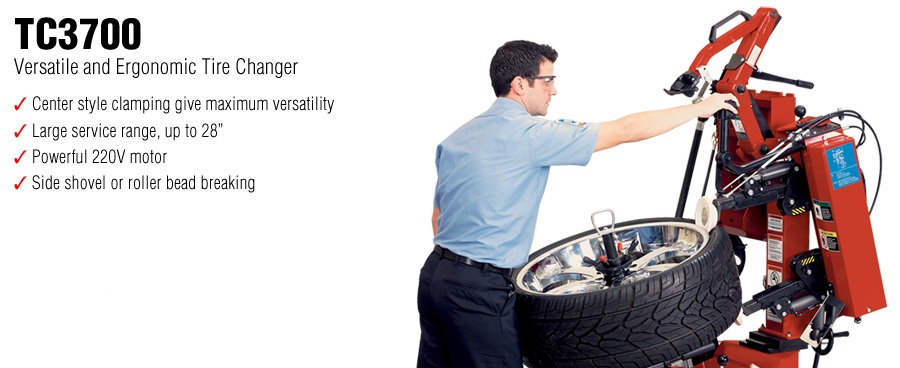When installing new wheels you should re-torque the wheel lugs after driving the first 50 to 100 miles in case the clamping loads have changed following the initial installation. This is necessary due to the possibility of metal compression/elongation or thermal stresses affecting the wheels as they are breaking in, as well as to verify the accuracy of the original installation. When rechecking torque value, wait for the wheels to cool to ambient temperature (never torque a hot wheel). Loosen and retighten to value, in sequence. Simply repeat the same torque procedure listed above.




